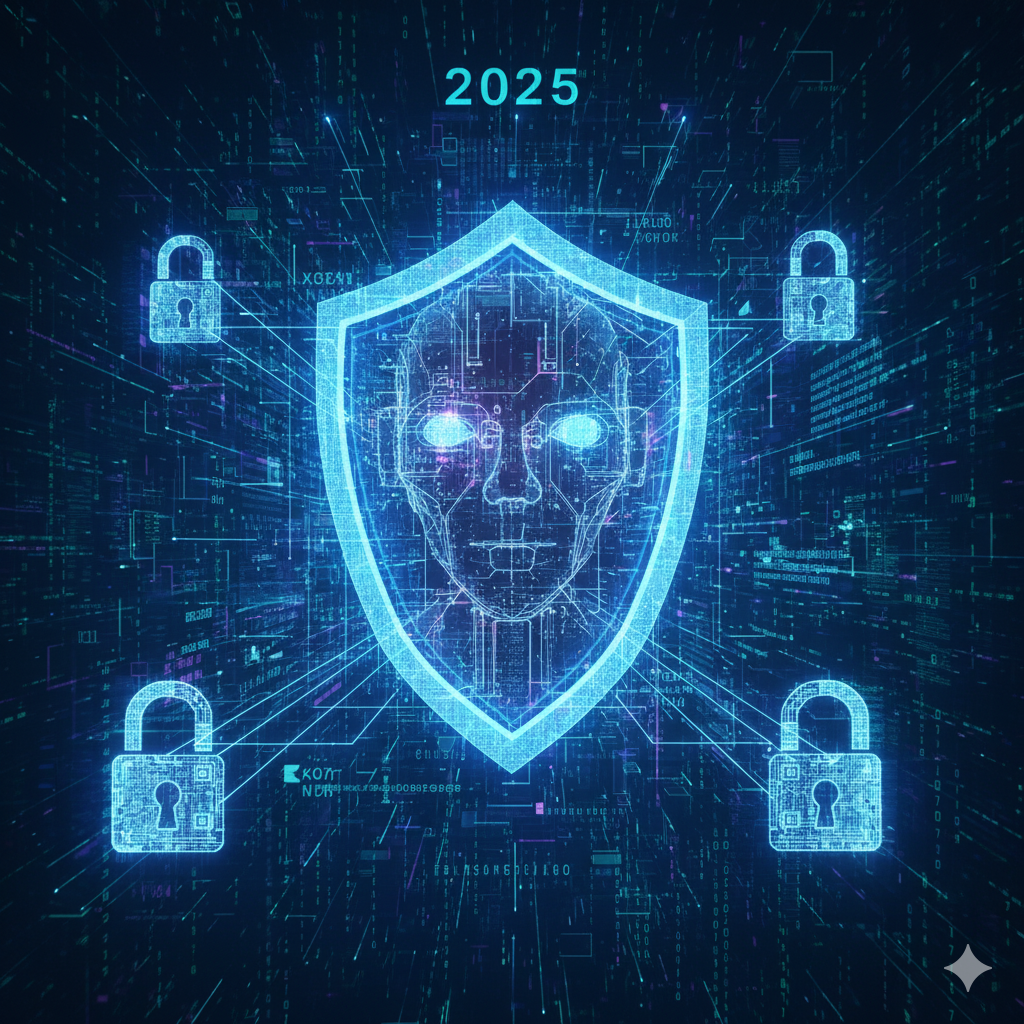Cybersecurity Trends 2025: Protecting Data in a Digital World
In 2025, cybersecurity continues to be one of the most critical areas shaping the digital landscape. As technology advances, so do cyber threats — and understanding the latest trends is essential for businesses, organizations, and individuals alike to stay protected online.
1. Rise of AI-Driven Cybersecurity
Artificial Intelligence (AI) has become a cornerstone of modern cybersecurity. In 2025, AI-based systems can detect and respond to threats in real time. Machine learning models analyze patterns and behaviors, allowing companies to identify suspicious activity before it becomes a full-scale breach. This proactive approach minimizes risks and improves data safety.
2. Zero-Trust Architecture Becomes the Standard
The Zero-Trust security model assumes that no user or device is inherently trustworthy — even within the same network. Every access request must be verified, authenticated, and authorized. In 2025, this architecture is widely adopted by enterprises worldwide to prevent insider threats and minimize attack surfaces.
3. Quantum Encryption for Next-Level Data Safety
With quantum computing evolving rapidly, traditional encryption methods face new challenges. To counter this, 2025 introduces quantum-safe encryption, which uses complex cryptographic algorithms designed to withstand attacks from quantum computers. It represents a giant leap in protecting sensitive data in the post-quantum era.
4. Cloud Security Takes Center Stage
As businesses continue their digital transformation, cloud computing is at the heart of operations. This makes cloud security a top priority. Enhanced encryption, zero-trust cloud gateways, and multi-factor authentication are being implemented to ensure data remains secure across global networks.
5. Increased Focus on Cyber Awareness & Regulation
Cybersecurity isn’t just a technical issue — it’s a cultural one. Governments worldwide are introducing stronger data privacy laws, such as GDPR updates and AI regulation frameworks. In 2025, companies are investing more in employee training and awareness programs to minimize human error, the leading cause of cyber incidents.
6. IoT Security Challenges
The Internet of Things (IoT) continues to grow rapidly, connecting smart homes, vehicles, and industrial systems. However, every device becomes a potential target. 2025 cybersecurity solutions focus on securing IoT devices through firmware updates, edge security, and stronger network segmentation strategies.
7. Cyber Resilience Through Automation
Beyond defense, automation is helping organizations recover faster from cyberattacks. Automated incident response systems now isolate threats and initiate recovery protocols within seconds, reducing downtime and data loss. This shift marks a new era of cyber resilience.
Conclusion
As we navigate 2025, cybersecurity is no longer optional — it’s a necessity. With AI-driven protection, quantum-safe encryption, and zero-trust systems, organizations are preparing for a safer, smarter, and more resilient digital future. Staying ahead of these Cybersecurity Trends 2025 ensures that data remains secure in an increasingly connected world.
Stay informed with the latest technology insights at TechArticals.online.

Frequently Asked Questions (FAQ)
1. What are the major cybersecurity trends in 2025?
The main trends include AI-driven defense systems, zero-trust architecture, quantum encryption, and stronger cloud security frameworks designed to protect modern digital ecosystems.
2. Why is Zero-Trust important in cybersecurity?
Zero-Trust ensures that every access request is verified before being granted. This limits insider threats and unauthorized access, making it one of the most effective data protection strategies in 2025.
3. How does AI help in cybersecurity?
AI automates threat detection and response, learning from data patterns to identify unusual activity. This allows organizations to stop cyberattacks before they cause damage.
4. What is quantum-safe encryption?
Quantum-safe encryption uses advanced algorithms that can’t be cracked by quantum computers, ensuring long-term data protection against future cyber threats.
5. How can businesses improve cybersecurity in 2025?
By adopting AI-driven monitoring, implementing zero-trust frameworks, conducting employee training, and ensuring all systems are updated regularly with the latest security patches.
According to IBM Security, proactive cyber defense and AI-driven detection will define cybersecurity in 2025.
SEO Keywords: Cybersecurity Trends 2025, Data Protection 2025, AI in Cybersecurity, Quantum Encryption, Zero-Trust Model